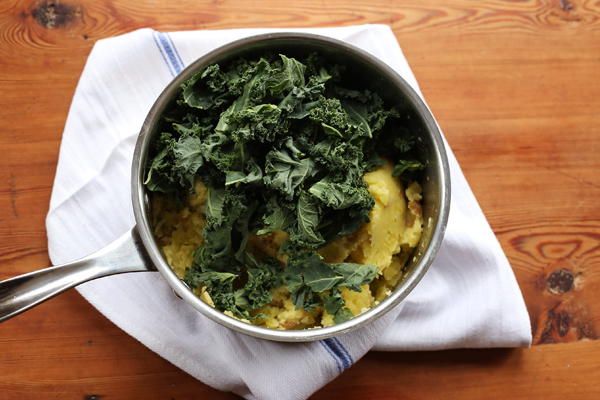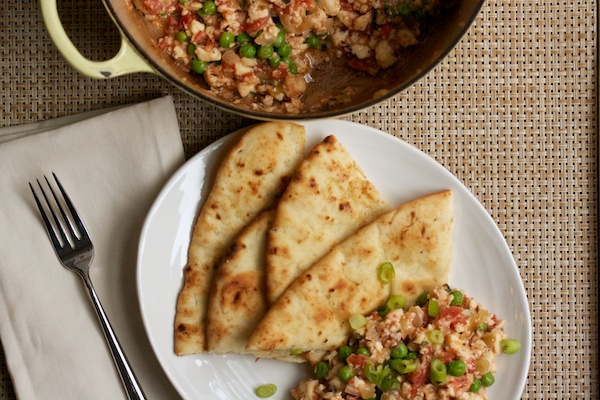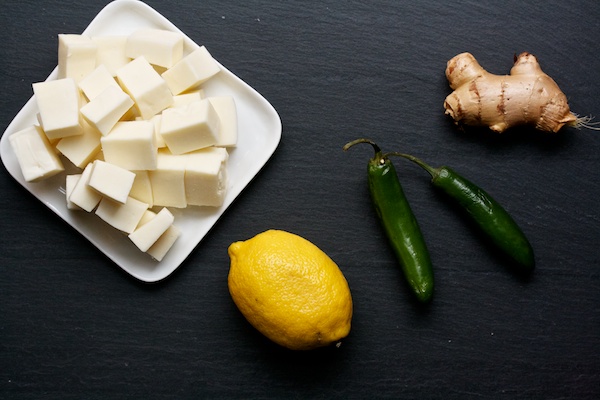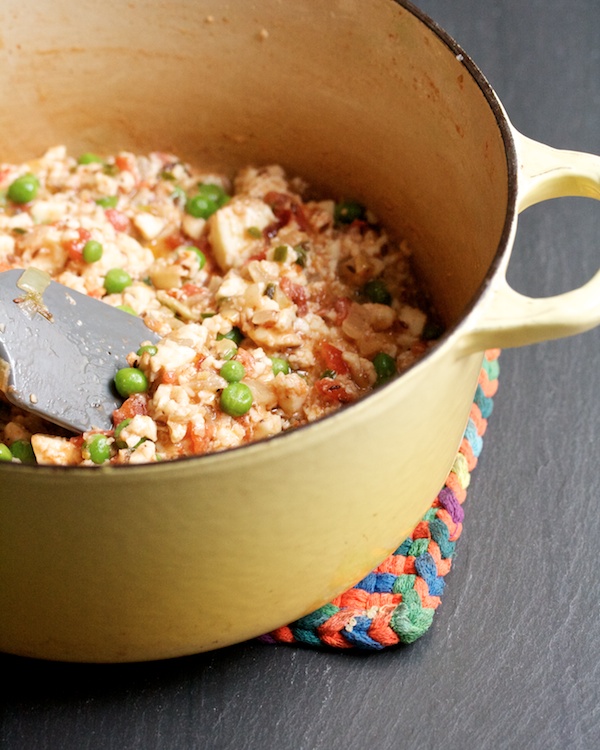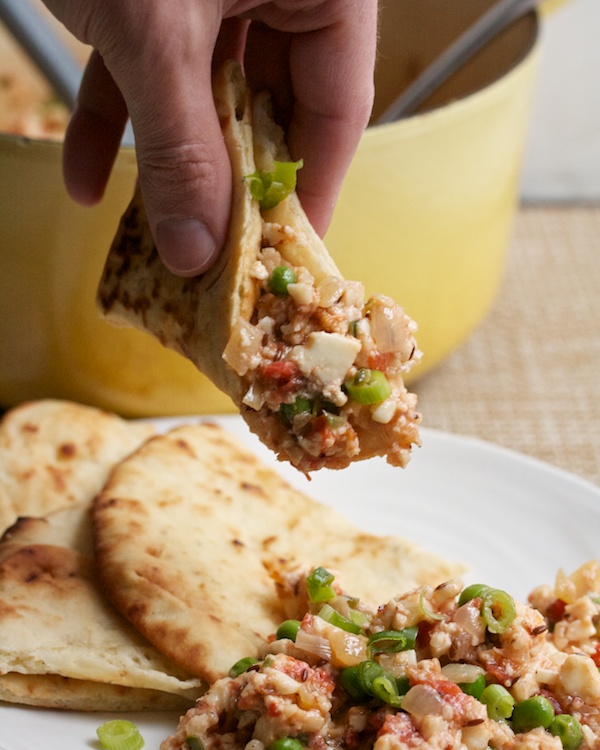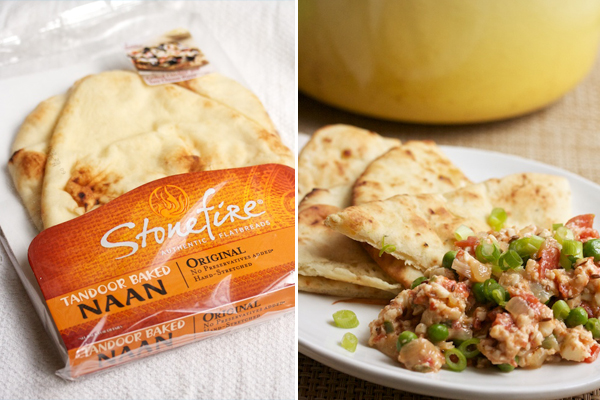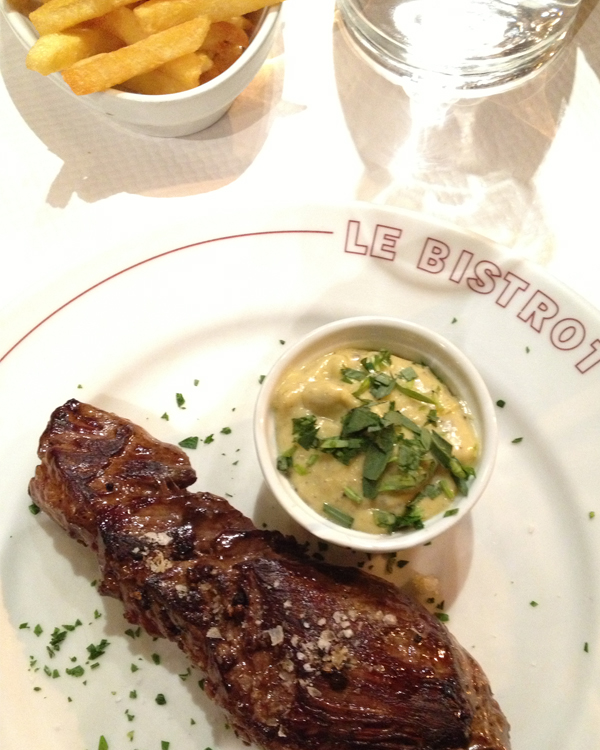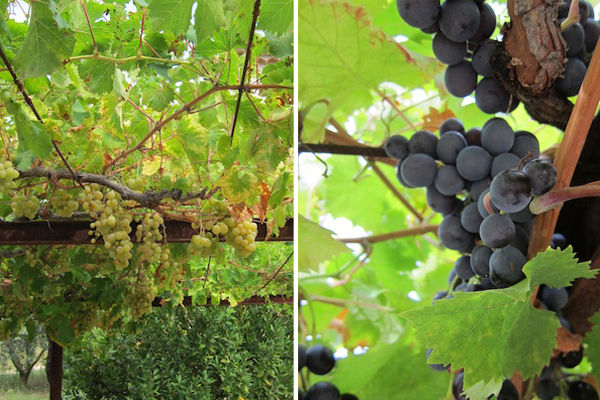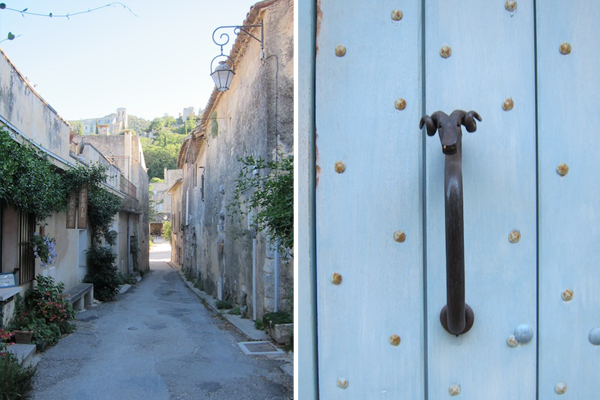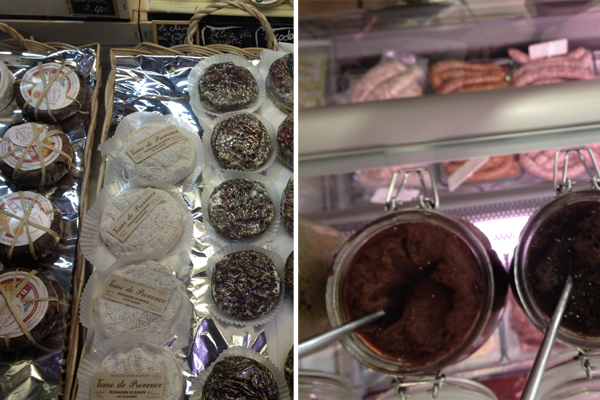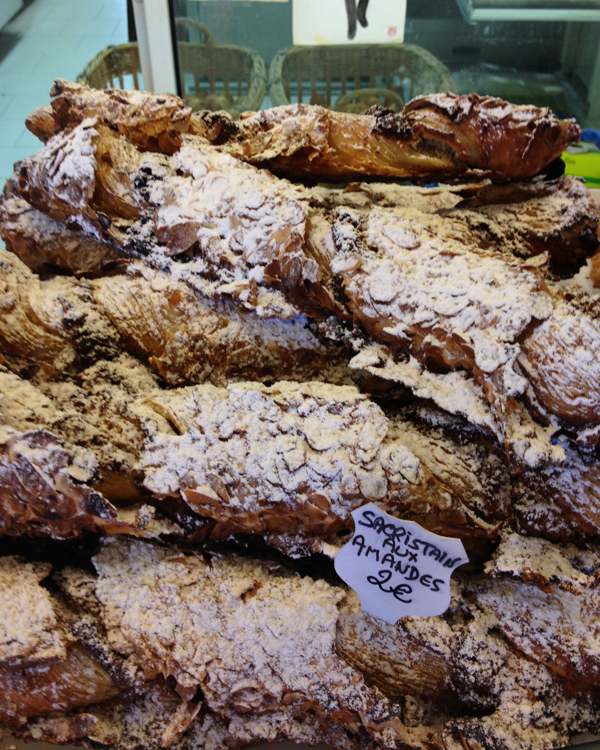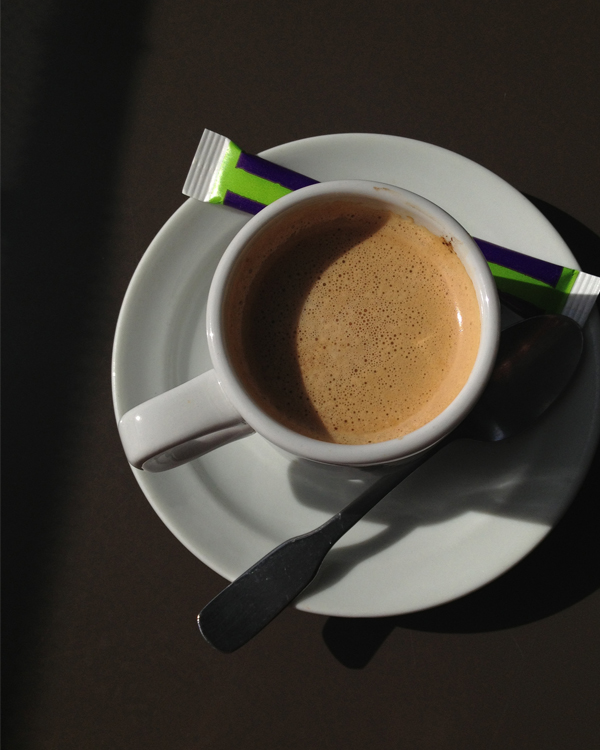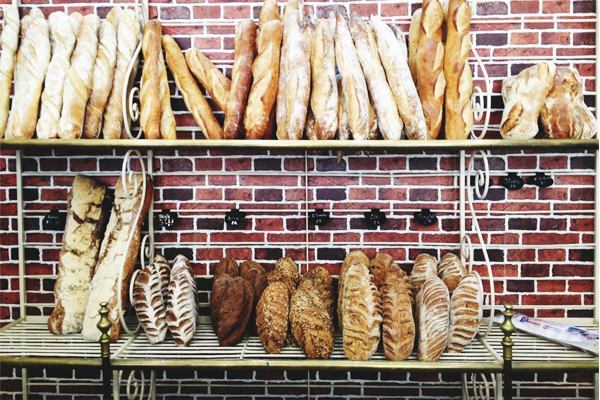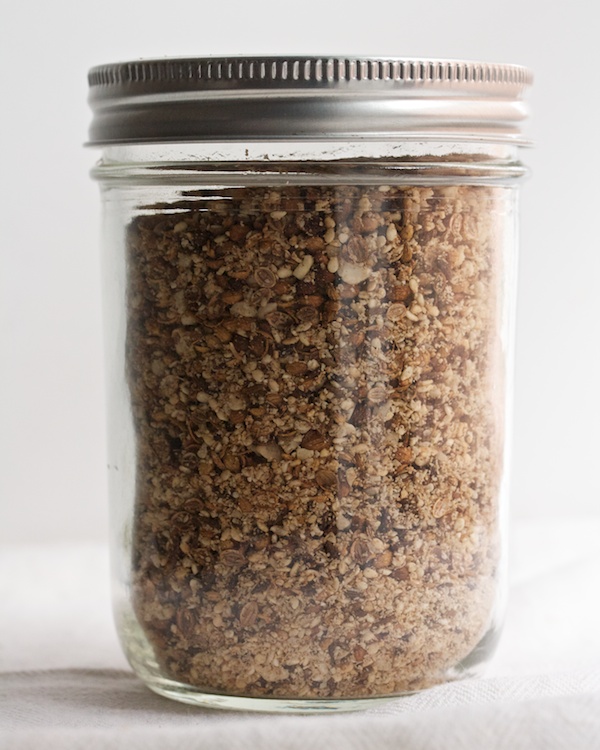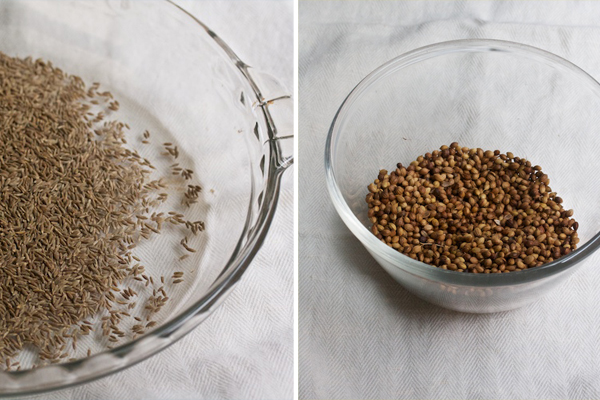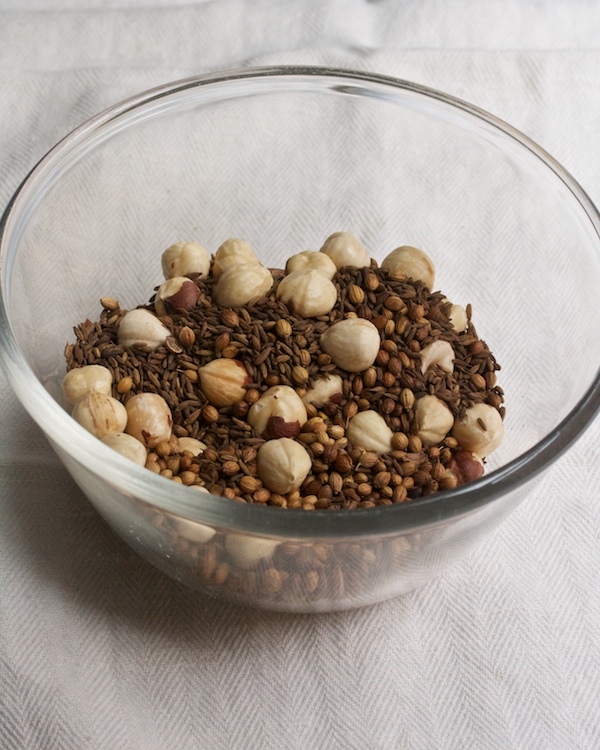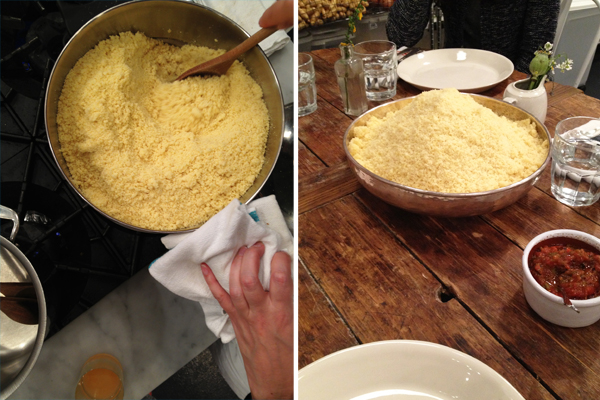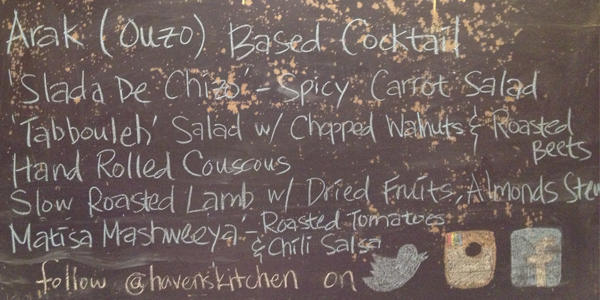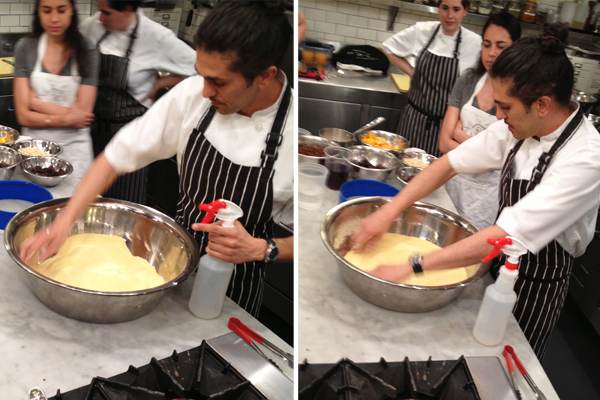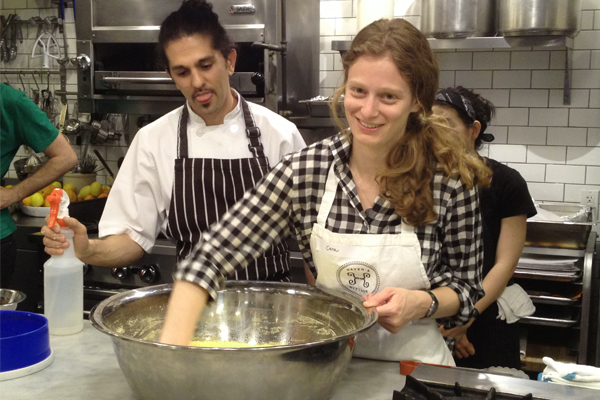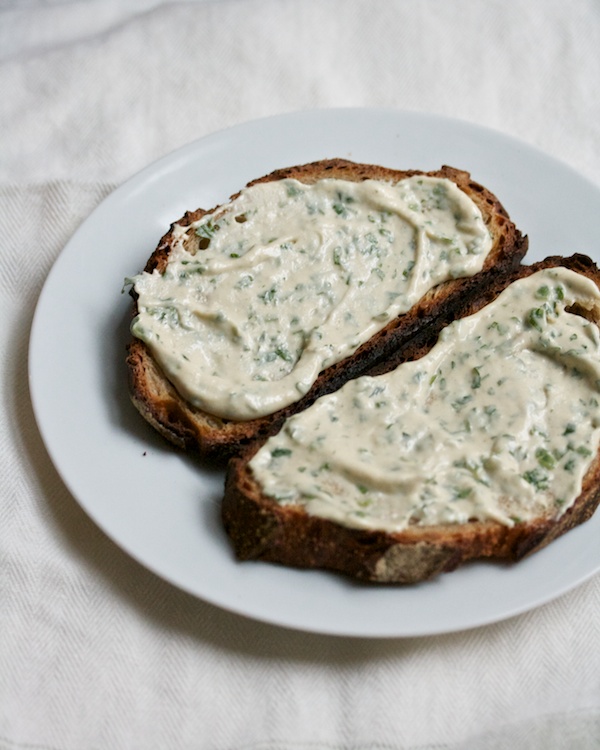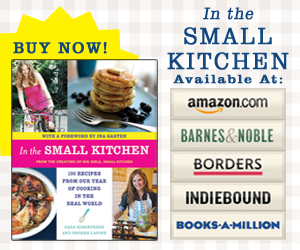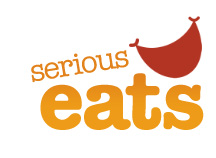This winter has gotten me hungry for travel, and I’m delighted to introduce this post, by Carly Diaz, which transports us to the kitchens of Amsterdam. It’s a recipe for a traditional mashed potato and kale dish called Stamppot that I know we should make one of our wintry edible traditions back home.
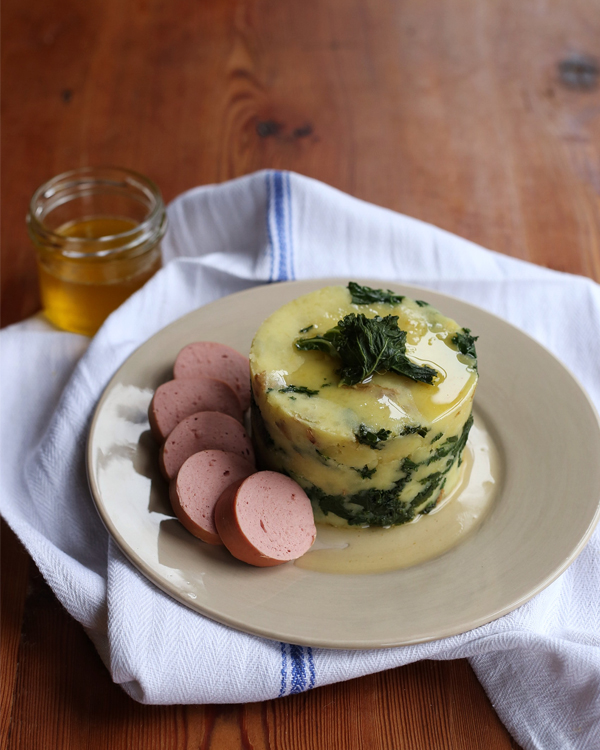
Stamppot is one of the most traditional dishes in the Netherlands, a straight-from-grandma’s-kitchen kind of meal. Hearty and simple, it can be bought ready-made from the ubiquitous Dutch grocery store chain Albert Heijn or easily made at home. Translated as “mash pot,” it is essentially mashed potatoes and vegetables with a sausage on the side, and the recipe can easily be customized to your preferences and the contents of your fridge.
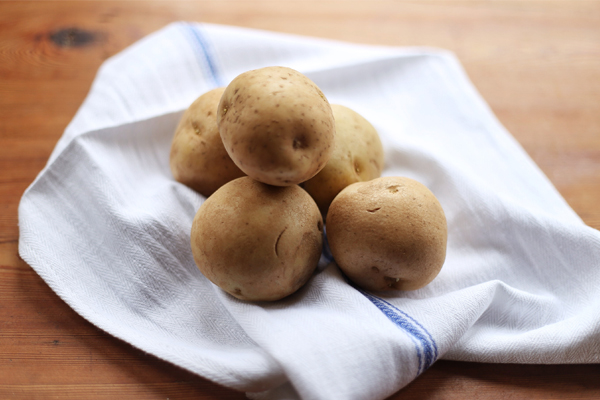
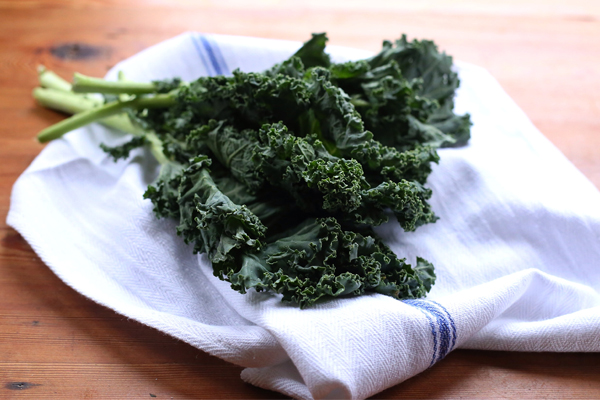
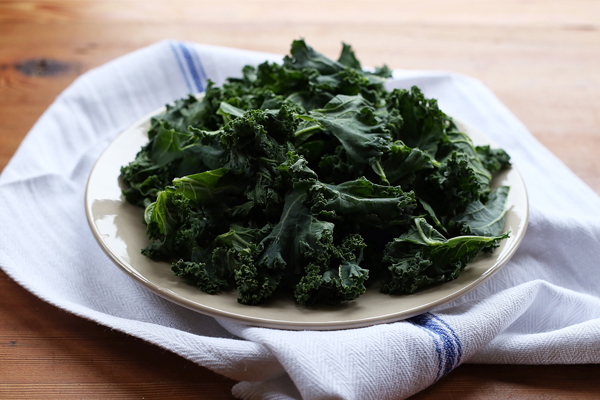
This quintessential meal perfectly captures the Dutch spirit of pragmatism. Stamppot is a utilitarian dish through and through - meant to fill the belly using inexpensive ingredients that are readily available pretty much year round. You can easily picture a working-class Dutch family in a century past gathered around the table with steaming plates of Stamppot. The dish has staying power though and remains a favorite today.
Although I lived in Amsterdam for nearly seven years, I only had Stamppot a handful of times: at a kitschy Dutch-food restaurant, as a half-joke at a going-away party for a colleague (part-joke because there is nothing very festive about Stamppot and part-serious because it was actually his favorite food), and at home when I received a large bunch of endive in my weekly CSA with an accompanying Stamppot recipe. But once I moved back home to Portland, Oregon, making Stamppot kept me connected to the country I called home for so many years.

